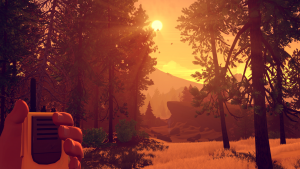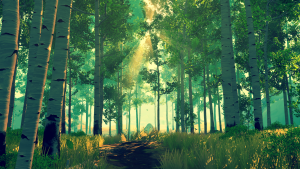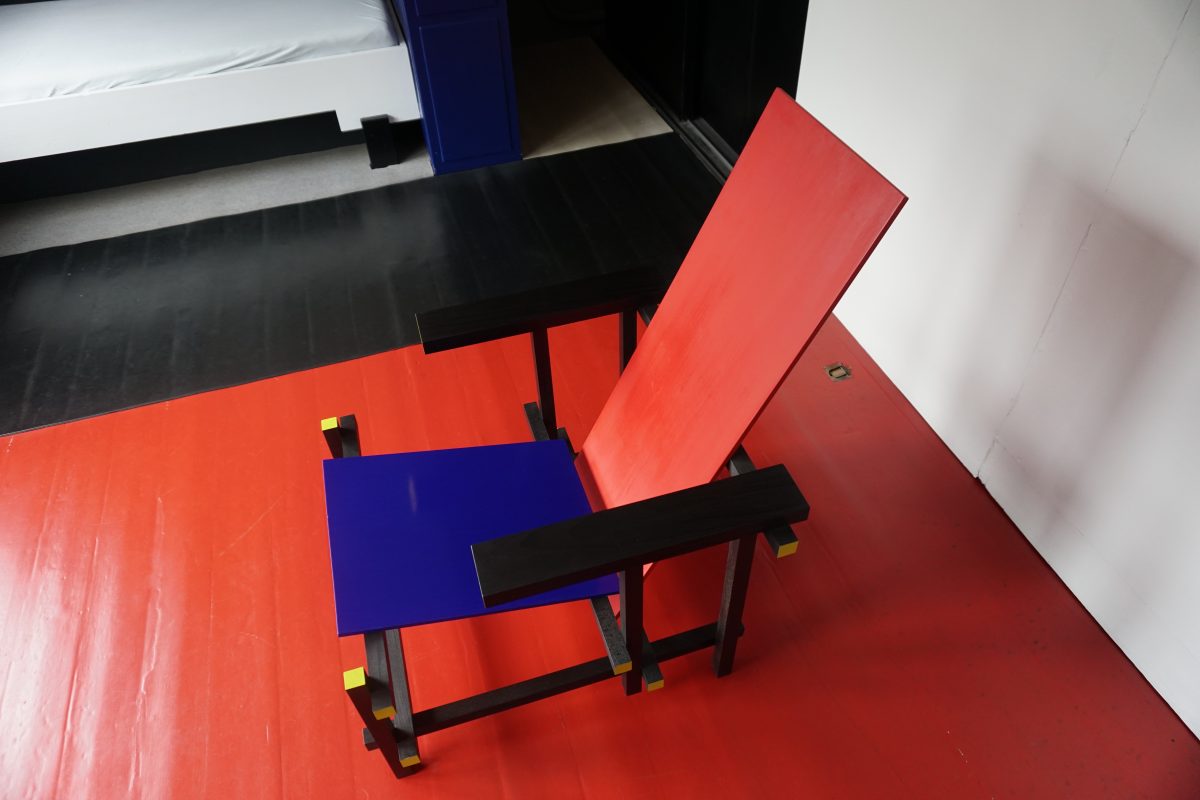function setup() {
createCanvas(300, 300);
background(200,200,200)
fill("lightblue");
noStroke();
ellipse (150,150,100,70);
}
function draw() {
}
Month: August 2017
NaHyun Sarah Kim Test
function setup() {
createCanvas(300, 300);
background("pink");
noStroke();
fill("skyblue");
ellipse(150, 150, 100, 70);
fill("white")
ellipse(150, 100, 90, 80);
}
function draw() {
if (millis() > 2000) {
osc.stop();
noLoop();
}
}
Test Post
Matthew Test Post
Test post.
Doo Won Test Media
function setup() {
createCanvas(300, 300);
background("pink");
noStroke();
fill("white");
ellipse(150, 150, 100, 150);
rect(150, 150, 100, 150)
}
function draw() {
if (millis() > 2000) {
osc.stop();
noLoop();
}
}
Looking Outwards-01
In early 2014, James Murphy (best known as the founder and leader of the band LCD Soundsystem, and co-founder of DFA Records), created about 400 hours of sound using data from tennis matches. He teamed up with members of IBM, mainly developer Patrick Gunderson, to convert data from US Open Tennis Matches into music. They were able to use a unique algorithm to synthesize the movements of the tennis players through the IBM cloud. Following this process, James Murphy created an album of 12 remixed tracks from the original sounds that were generated. The results are hypnotic, alluring electronic music.
IBM originally was gathering and analyzing data to, “figure out what makes the athletes great.” They eventually invited James Murphy to put a spin on the original research, by making the data into music. Since James Murphy is used to working very physically, with instrumentation and tools to create sound, and has no experience with code, developers like Patrick Gunderson created a way to depict the necessary tools on the computer as more movable; it appeared more like Garage Band, with dials and switches. This allowed Murphy to work with Gunderson and other programmers more easily, and ideas could be translated more smoothly.
James Murphy likely derived inspiration for this project from his own musical creations, which are often full of unique sounds inspired by simple sounds he has heard in his lifetime. In one interview, he mentions being fascinated by the whirring sound of a running refrigerator. This project is an example of how odd sources or seemingly simple things can be turned into works of art.
This certainly offers opportunities for artists to derive their work from unique sources. Even the act itself of taking raw data, finding a way to convert it to audio / visuals through an algorithm, is a conversion process that will be dependent on where the data is coming from, and what it is being turned into.
Song sample: https://www.youtube.com/watch?v=Vg-UsBJpA1k
Behind the Project: https://vimeo.com/105380590
Behind the Project: https://www.youtube.com/watch?v=6qgCGCkk64M
test post bhyun1
Hello.
Test

test post

atraylor – Looking Outwards – 01
If you like games you’ve probably heard of Firewatch, an award winning narrative exploration game (a walking simulator to some) made by Campo Santo. It is heavily narrative based; the player plays as a Henry, a fire lookout in the Shoshone national forest. The game highlights feelings of isolation and human emotional connection through Henry’s/your conversations with his/your supervisor Delilah. These conversations happen as you traverse the open world, and are facilitated by a hand held radio. Other than disembodied chatting, you are completely alone.

Firewatch was made by ten people using Unity 4.5 as a game engine. There were several challenges that they faced being a relatively large team for the functions unity provided at the time. Two challenges they faced were making a contiguous open world and having multiple people work on the scene at the same time. They implemented door and portal scene streaming using trigger volumes to load and unload assets when the player enters a certain area and used plugins that allowed the separation and compilation of the scene based on different disciplines (for instance, one person could make a scene of trees and the other could edit post processing, and the plugin would combine the two without destroying the changes of the other person’s section.) This, on top of custom tree shaders, custom atmospheric fog that changes color over distance, and their custom made skybox generator, challenges the functional and artistic capabilities of Unity in its generic form.

Artistically, Firewatch focuses on strong colors and silhouettes, realism and style, to convince the player and immerse them in the narrative.
![[OLD FALL 2017] 15-104 • Introduction to Computing for Creative Practice](../../../../wp-content/uploads/2020/08/stop-banner.png)

